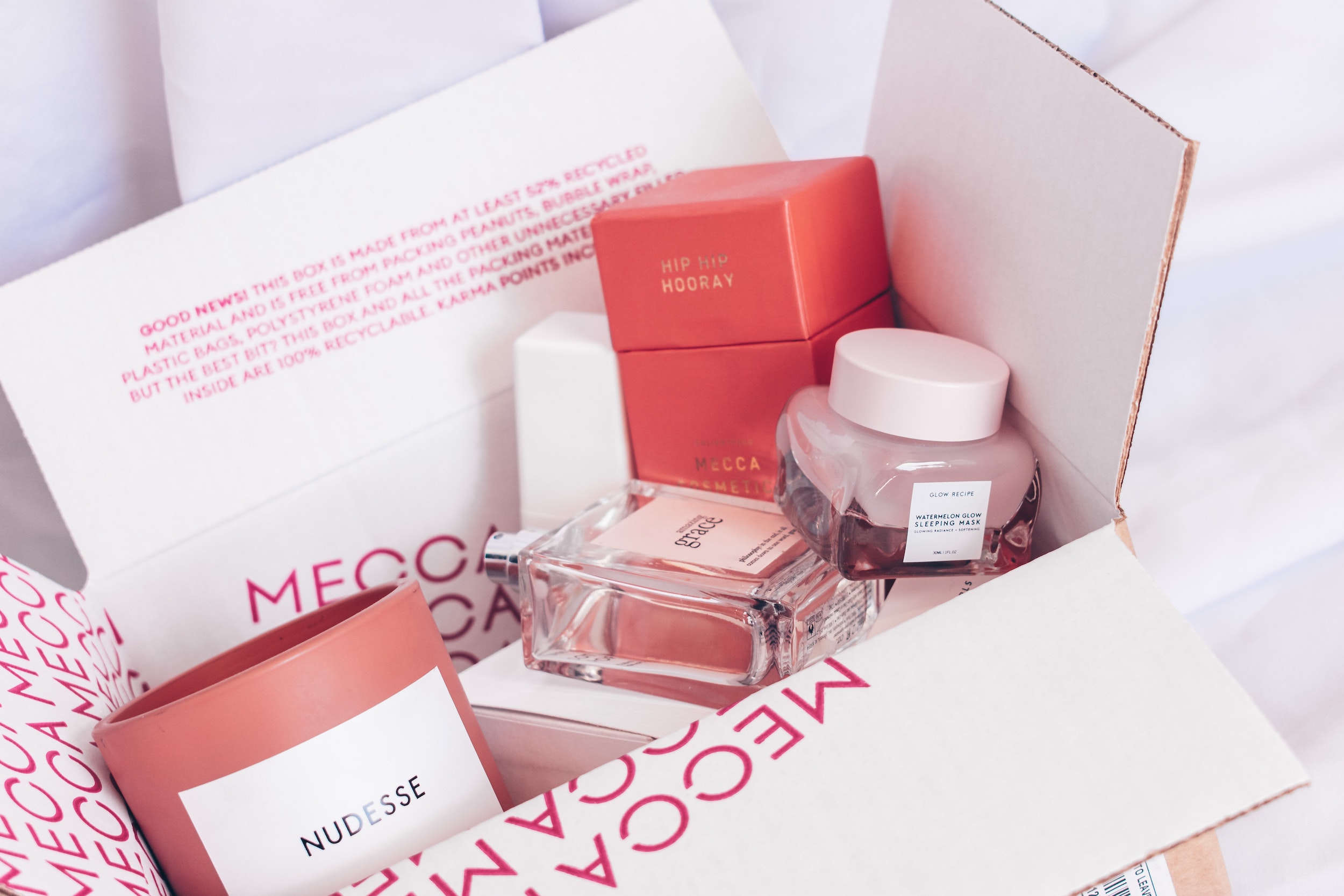How To Choose the Right Packaging for Your Products

When it comes to marketing and selling your products, having the right packaging is essential. Packaging can be the difference between a successful product launch and one that fails to get off the ground. It can also be the difference between a customer buying your product and one choosing a competitor’s instead. With so much riding on the right packaging choice, how do you ensure you make the right choice?
Look to your target audience.

The first step to choosing the right packaging for your products is to consider your target market. What type of packaging do your customers expect? Would they prefer something traditional or something more modern? Are they looking for something that’s eco-friendly or something that stands out? Knowing the answers to these questions can help you narrow down your options and choose the best packaging for your products.
Prioritize practicality.
Next, you’ll want to consider the practical aspects of your packaging. How large is your product and how much space do you need in the packaging? Will small containers with lids be an effective option? What type of materials should you use to ensure your product is safe and secure during transit? Is your packaging easily recyclable? It’s important to consider the practical aspects of your packaging to ensure that your product will arrive safely and in one piece.
Make sure your packaging is pretty.

When it comes to packaging your products, it is important to consider not only the aesthetic appeal of the packaging but also its cost. While cost should not be the only factor in choosing packaging for your products, it is important to stay within your budget. Finding the right packaging at the right price can be a challenge, but it is possible. The first step is to understand the different types of materials available.
Depending on the product, you may be able to choose from paper, cardboard, plastic, metal, or other materials. Each material has its own benefits and drawbacks, and it’s important to select the material that will work best for your product and your budget. For example, paper and cardboard are often the most economical option, but they may not be the most durable. Plastic, on the other hand, can be a bit more expensive, but it can provide a longer-lasting solution. Metal packaging is also an option, but it is usually more expensive and may require specialized equipment for assembly.
It’s also important to consider the size and shape of your packaging, as well as the type of printing and labeling you will need. If you are looking to save money, you may want to explore the possibility of using generic packaging or even designing your own packaging.
Consider branding essentials.
When it comes to branding, you’ll want to consider the overall look and feel of your packaging. Your packaging should be consistent with your brand’s message and values. Choose colors that represent your brand, and use logos and other symbols that are meaningful to your company. Your packaging should also include any necessary information about your product and the company.
Finally, you’ll want to make sure your packaging is easy to open and use. You don’t want customers struggling to open your packaging, or having to use a tool to get to the product. Good packaging should make it easy for the customer to get to the product without any hassle.
Choosing the right packaging for your products is an important decision that can have a big impact on the success of your product launch. By considering your target market, the practical aspects of your packaging, the cost of your packaging, and the branding aspect of your packaging, you can ensure you make the right choice.